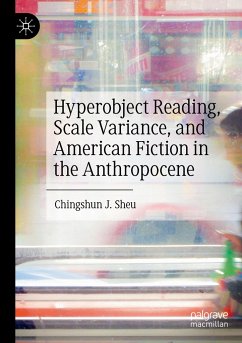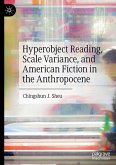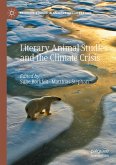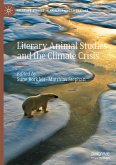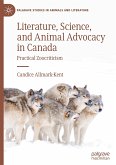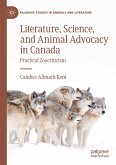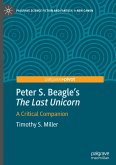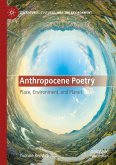2024 Ming Chuan University Research Award
This book proposes a model of reading called hyperobject reading that bridges the Anthropocene scale variance between humans and humanity by focusing on the large-scale problems and phenomena themselves. Hyperobject reading draws on narratology and reader-response theory, as well as newer developments such as the postcritical turn and object-oriented ontology. The theoretical introduction sets out the building blocks of hyperobject reading. Chapter 2 intervenes in critical disability studies and debates about the ecosomatic paradigm; Chapter 3 intervenes in debates about technological evolution, analogue vs. digital subjectivity, and affect theory; and Chapter 4 intervenes in debates about autofiction, contemporary metafiction, and the position and role of the narrator in first-person narratives where the narrator and protagonist can be distinguished. The analytical conclusion sketches the conceptual anatomy of the hyperobject and three possible responses. No part of the Earth today is free from human influence, but literary success suggests effective real-world strategies.
This book proposes a model of reading called hyperobject reading that bridges the Anthropocene scale variance between humans and humanity by focusing on the large-scale problems and phenomena themselves. Hyperobject reading draws on narratology and reader-response theory, as well as newer developments such as the postcritical turn and object-oriented ontology. The theoretical introduction sets out the building blocks of hyperobject reading. Chapter 2 intervenes in critical disability studies and debates about the ecosomatic paradigm; Chapter 3 intervenes in debates about technological evolution, analogue vs. digital subjectivity, and affect theory; and Chapter 4 intervenes in debates about autofiction, contemporary metafiction, and the position and role of the narrator in first-person narratives where the narrator and protagonist can be distinguished. The analytical conclusion sketches the conceptual anatomy of the hyperobject and three possible responses. No part of the Earth today is free from human influence, but literary success suggests effective real-world strategies.

